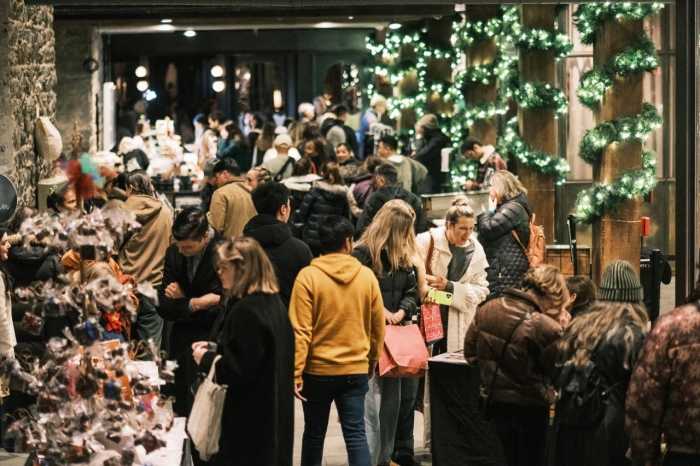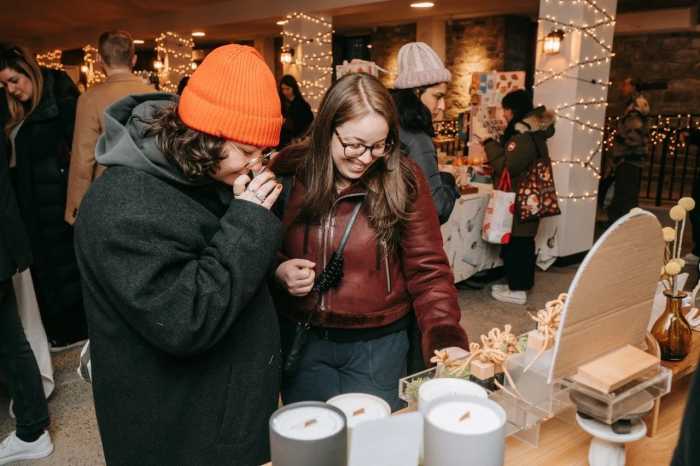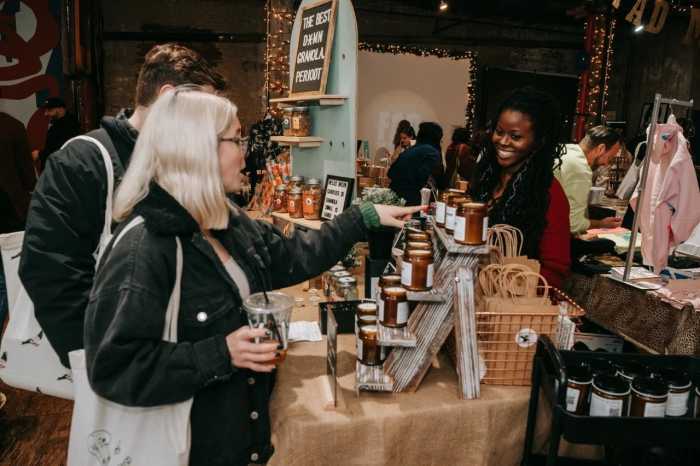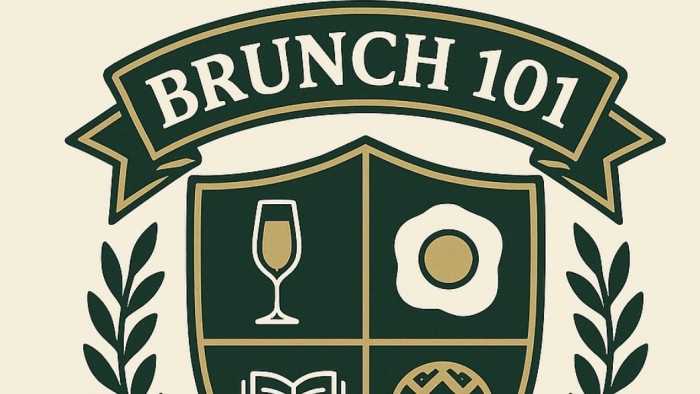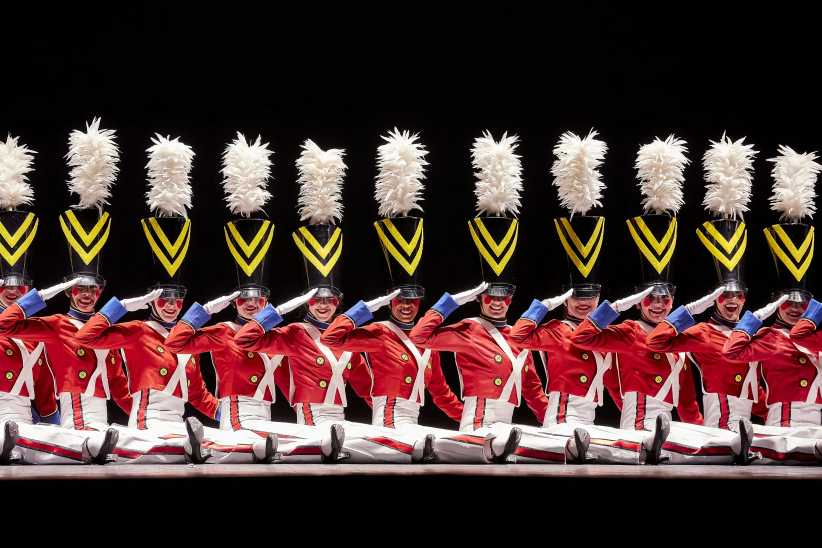Valentine’s
Day is here, and no wine is as romantic as Champagne. Here is a quick
guide to understanding this most magical of drinks!
What is Champagne
Champagne is both a region of France and the name of the wines made there.
In truth, only wines made in Champagne are Champagnes. Other sparkling
wines can be quite good, but they are not Champagne. A small amount of
non-sparkling wine is made in Champagne and carries the designation “Coteaux
Champenoise”, but we will concentrate on the more familiar “Bubbly.”
The climate of the Champagne district is cool and the grapes grown there,
even when fully ripe, have a pronounced, crisp acidity. This trait is
what gives the wines of Champagne their clean, focused tastes and what
makes them such a wonderful match with so many foods.
Champagne can be made from any one, or any combination of only three grapes:
Chardonnay, Pinot Noir (which produces the red wines of Burgundy) and
Pinot Meunier. Champagnes made from Char-donnay only (a white grape) are
often labeled “Blanc de Blanc”. If made from the other two,
black grapes, “Blanc des Noirs” often appears on the label,
meaning a white wine from black grapes. The black grapes are pressed gently
and their skins are not left in contact with the juice, so the wine is
white. Pink or Rosé Champagnes are most often made by adding a
splash of red still wine to the nearly finished wine in the bottle.
Champagne is unique in that is goes through a second fermentation in the
bottle. This is the “Champagne Method,” also called the “Methode
Champenoise” and “Methode Traditionelle.” The wine maker
adds a small amount of yeast and a touch of sugar for the yeast to convert
into alcohol and carbon dioxide gas. This is where Champagne gets its
bubbles from. After the yeast has done its job, the sediment it leaves
behind is removed from the bottles in a process called dégorgement.
Dryness or sweetness is then adjusted by the (optional) addition of a
small amount of sugar. The familiar cork and wire bail is attached, the
foil capsule added, the bottle is labeled and packed and shipped, ready
for your enjoyment.
Different Styles
Most Champagne is labeled “Brut” for dry, meaning low in sugar.
Even dryer in taste is “Brut Zero,” Brut Sauvage” or “Brut
Natural”, and these are Champagnes to which no sugar has been added
after the second fermentation. “Demi Sec” is “off dry,”
showing a faint bit of sweetness, and is fine with brunch or at the end
of a meal with fruit or plain cookies. Champagnes marked “Doux”
are sweet and, while hard to find, are well worth the effort of locating,
for they are wonderful wines to drink with desserts.






